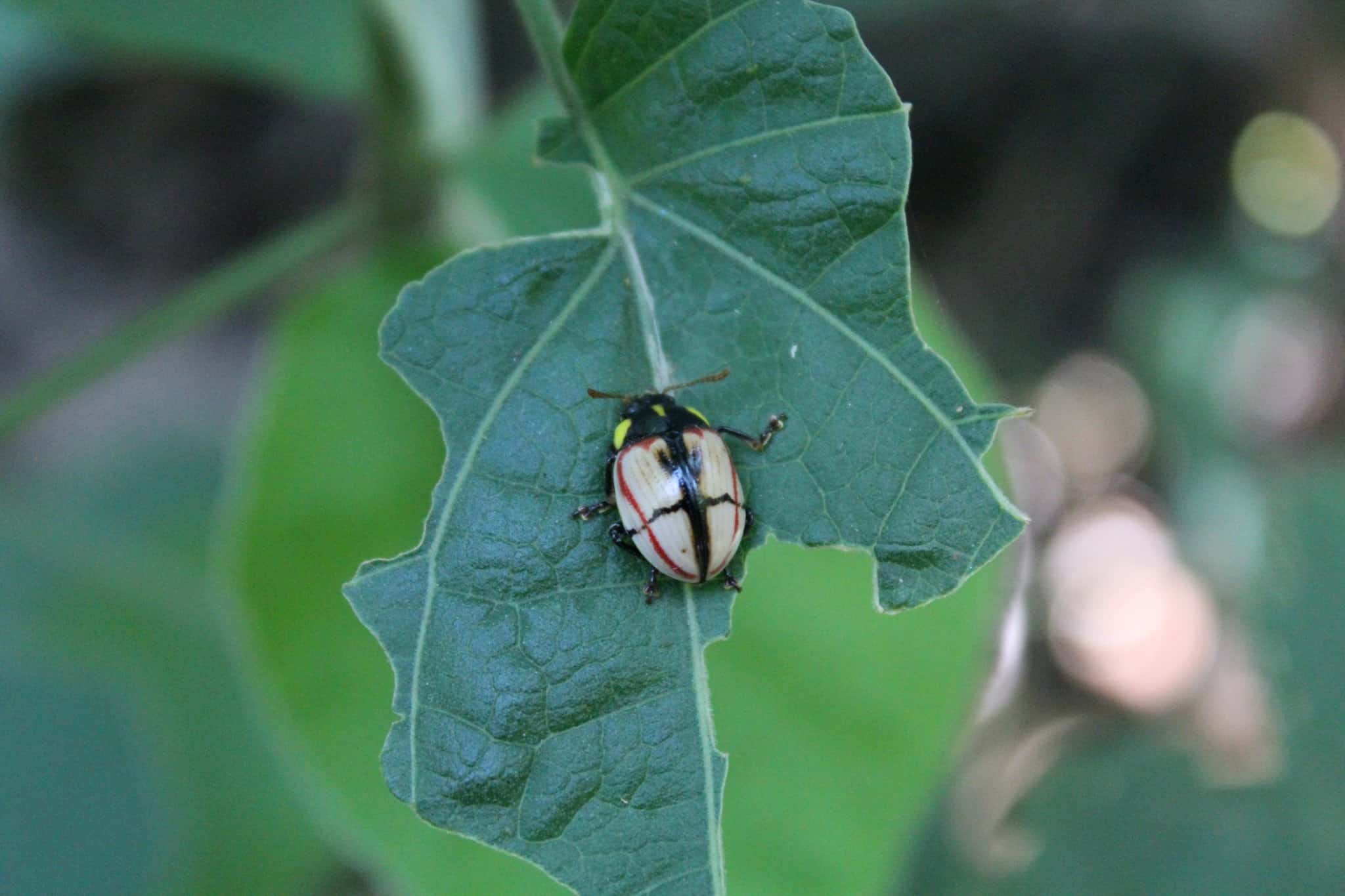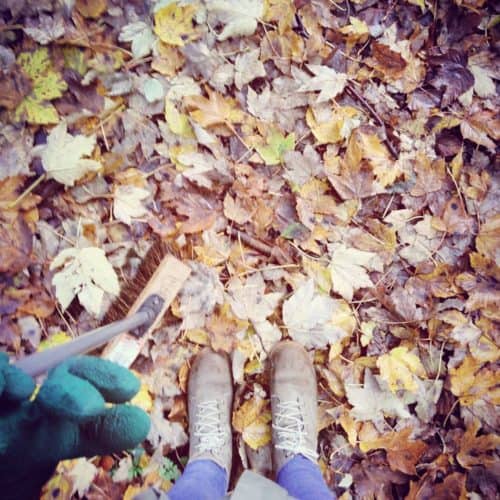Welcome to my blog! I am not yet sure which direction it will head in, but this is what has been on my mind recently.
Earlier this month I attended a one-day conference about “Enthusiasm for Citizen Science: Taking stock of motivations, costs and benefits” at the University of Reading. First of all, I would like to applaud the bus system in Reading: it’s cheaper and easier to navigate than the Oxford buses, for instance there’s an audio and visual announcement of each stop, making the city easier to navigate for first-time visitors. It was indeed my first time in Reading and I am impressed, both by the city and the university.
Anyway, I digress! The conference offered useful insights to me, as I am relatively new to the world of citizen science. The core message, at its simplest, was that the organisers of citizen science projects should learn more about the motivations of the people who could potentially help them, and design their projects with those motivations in mind, basically to create a “win-win” situation.

Another thing that has been on my mind is the most beautiful city in the world: Rio de Janeiro. First off: thank goodness the Olympics are over! Secondly, if you want insight into the real Rio, that isn’t all fireworks and big shows sponsored by McDonald’s and co, head on over to RioOnWatch. It’s grassroots journalism, giving visibility to the challenges and creativity of local residents.
With citizen science on my mind, a RioOnWatch article about Caminhos do Lagarto, an ecotourism project in the Tijuca forest, grabbed my attention. The project involves hikes in the forest and other activities, such as composting lessons for school children, which encourage the residents to create a stronger connection with their local environment. The initiative was developed through participatory processes by the Vila Laboriaux community. A resident and organiser says its intention is to “care for and value the trails instead of just walking the trails”.
Gitte Kragh, a speaker at the conference in Reading, put emphasis on the similarities and subtle differences between the motivations of conservation volunteers and citizen science participants. For instance, conservation volunteers tend to be more motivated by being outdoors and by the social aspect of the effort they are taking part in. This is quite visible in the Caminho do Lagarto’s photos, of smiling people taking care of the trails.
My questions are: what role could citizen science play in conserving Rio’s forests? How can the enthusiasm people have for their local environment help to record and monitor biodiversity? And would engaging in citizen science increase residents’ appreciation for the forest on their doorstep? I will soon be applying for a PhD, with the intention of researching answers to these questions, but any insights in the comments would be appreciated!
RioOnWatch is a community journalism initiative by the Catalytic Communities NGO. I interned there a couple years ago and though I no longer work there, I believe that we desperately need the work they do! I will be donating half of the profits from the Rio de Janeiro collection of clothes and stationery that I am developing to CatComm, so watch this space!



![Only a month late... Here are our Valentine's Day photos! 👩🏼❤️💋👨🏻😅
We've been on a bit of a Caribbean kick (say that 10 times!) since watching the One Love film about Bob Marley on Valentine's Day + @gazoakley's adventures in Jamaica on the YouTubezz. 🇯🇲
So far we've eaten at @turtlebayuk [apologies for the blurry photos, I took them before getting my new @fairphone!] and ordered from Pappy's Afro Caribbean Takeaway (don't think they're on Instagram)... Next step is to make it at home; any recipe recommendations? 😘
#PlantBased #JamaicanFood #CaribbeanFood #OneLove](https://jessicagoodenough.com/wp-content/plugins/instagram-feed/img/placeholder.png)
Howdy just wanted to give you a quick heads up.
The words in your article seem to be running off
the screen in Firefox. I’m not sure if this is a format issue or something to do
with internet browser compatibility but I thought I’d post
to let you know. The design look great though! Hope you get the issue solved soon.
Cheers